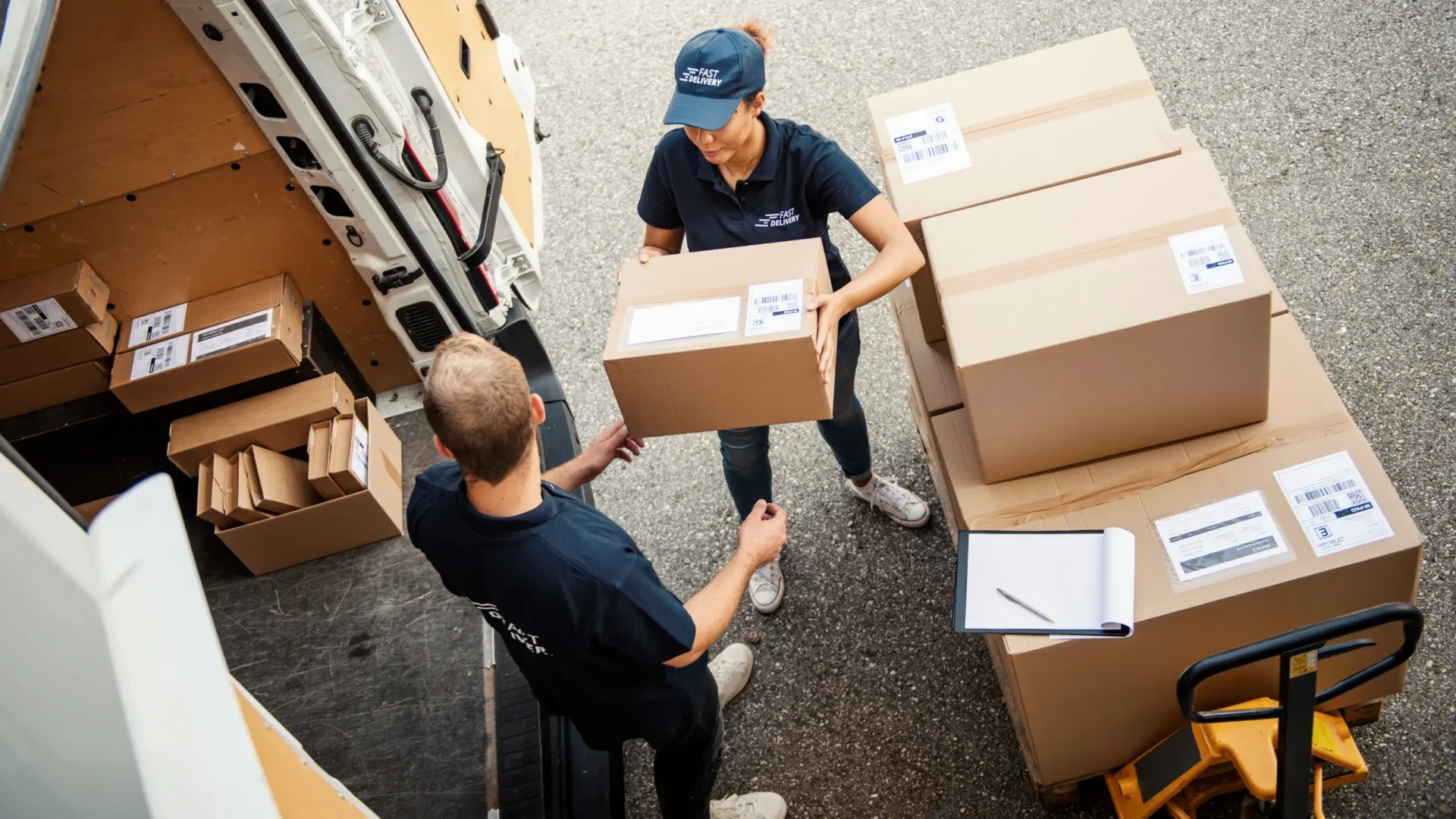
Demand forecasting plays a crucial role in the efficient and effective operation of parcel delivery services. As the e-commerce industry continues to grow rapidly, fueled by shifting consumer behaviors and increased online shopping, parcel delivery companies face mounting pressure to accurately predict and meet customer demands. To stay competitive in this dynamic landscape, businesses must optimize their supply chain processes, streamline operations, and ensure timely delivery of packages.
Inpost SA is specialized in the provision of postal services. The group offers a network of parcel boxes, self-service parcel delivery, and collection points. It also provides services for collecting, routing, and delivering mail, dispatch, and delivery of parcels, express transport, and delivery.
With 4.6 billion zlotych in revenue, the company operates in three segments. APM segment is focused on the delivery of parcels to automated parcel machines. The to-Door segment includes the delivery of packages using door-to-door couriers. The international segment comprises the APM business, which delivers parcels to automatic parcel machines in the United Kingdom and Italy.
InPost, a Polish company developing postal services such as Paczkomaty network, struggled with problems meeting the demand and appropriate pricing strategy for individual sellers, which caused a painful and costly customer churn. The company couldn’t afford it as the competition in post-pandemic reality was just waiting for it.
Now, we will explore the significance of demand forecasting in the context of parcel delivery, focusing on InPost’s demand forecasting case study as an example. By examining real-world examples and best practices, we can gain valuable insights into effective practices that can be applied in the evolving landscape of the parcel delivery industry.
Meet Our Client
Inpost SA is specialized in the provision of postal services. The group offers a network of parcel boxes, self-service parcel delivery, and collection points. It also provides services for collecting, routing, and delivering mail, dispatch, and delivery of parcels, express transport and delivery. With 4.6 billion zlotych in revenue, the company operates in three segments: APM, to-Door and the international segment.


Let the Client Talk
Case Study Shortcut
Challenge
Basing demand forecasts on what happened in the year prior can be highly inaccurate
InPost experienced it during the pandemic. The demand for the company’s services skyrocketed then and – there would be no exaggeration to say – completely changed the game.

Keep up with the clients' needs
To keep up with the clients’ needs, the company needed to implement innovative, AI-based solutions able to improve the accuracy of the provided predictions and – in general – the entire operational performance.

Competitors
The stake was high, as the competitors were intensely aware that the customers’ behaviors coined during the COVID-19 outbreak would stay long after the situation calmed down. The companies that proved themselves under this pressure will win customer loyalty.
Goal
Company managers needed to get data-grounded business insights to make decisions based on real factors, not the assumptions; processes required to be automated, scalable, repetitive, and bulletproof, so manual labor had to be reduced to a minimum.
- Setup and configuration of new ML platform based on cloud infrastructure
- Support large amounts of data
- Include into the ML processes the Covid-19 effect
Outcome
ML-based solutions enable companies to forecast demands based on unique target groups’ shopping behaviors while understanding seasonal trends. Based on the data-grounded forecasts, ML allows managers to avoid costly delays while simultaneously reducing the amount of work they need to do. This demand forecasting case study shows how with improved accuracy in demand prediction, they could optimize the usage of resources and prices and reduce operational costs while keeping up with their client’s demands.
- Data-grounded demand forecast
- Automated price optimization
- Analyzing multisource data at once
Before
- Price optimization based on intuition
- Slow and vulnerable predictive processes
- High percentage of delays in delivery
- High customer churn
After
- Automated data processing
- Data-grounded dement predictive analytics
- Automated price optimization
- Reducing customer churn
- Increased customer experience

Integrate those solutions in your company
Case Study Details
Approach
Machine Learning
- Machine learning provides a forecast with no-fault. Moreover, it allows the automation of the updates, which simplifies and speeds up the decision-making processes.
- The ML model predicts demand and - based on it - calculates the optimal prices for private sellers.
Prediction Model
- Based on the above, Addepto team built and implemented a Machine Learning prediction model that considers historical data, macroeconomics factors, and other 3rd party data (with rare events such as Covid included) to provide forecasts.
- The solution automatically forecasts monthly and weekly sales by individual products and companies, based on the demand and supply analysis, an optimal price is chosen.
Our Team Expert Opinion

I enjoy working in Addepto because of the challenging tasks that require the use of cutting-edge technologies. In Addepto, we have a friendly environment that makes you feel comfortable and appreciated.
Volodymyr Senior Data Scientist – Addepto














